Have you ever stumbled across something a bit quirky or left-of-field and it captures your imagination?
This happened to me with Victoria’s Monster Petition. I’m not even sure how it arrived on my radar. Perhaps Mrs Google thought she would throw it into the mix as I planned our Melbourne mini-break, sending me down a million internet rabbit holes and adding far too many things to our ‘must-do’ list. Thankfully, this little quirk of history stayed near the top of the list for further examination.
As well as a written Monster Petition, there is a Monster sculpture. The sculpture itself is pretty straight-forward, but it is the backstory that is fascinating…
The Monster Petition is a 260metre long and 20cm wide petition featuring the signatures of over 30,000 Victorian women and men, demanding the right to vote for women.
It came about because “Victoria’s Constitution of 1855 did not give women the right to vote. Women first received the vote in Victoria by default in 1863, when in a piece of faulty legislative drafting, the Electoral Act allowed all ratepayers listed on local municipal rolls to vote.
However, in 1865, the Legislative Assembly changed the clause to restrict the vote for parliamentary elections to male ratepayers only.
In 1891, Premier James Munro said he would introduce a bill into parliament granting women the vote, if it were demonstrated that ordinary women wanted this right. The Victorian Woman’s Temperance Union and the Victorian Women’s Suffrage Society took up the challenge, joining forces to organise a petition. Embarking on a door knocking campaign across Victoria they collected about 30,000 signatures in six weeks.
Their petition, made of signed pages glued to calico is 260 metres long and came to be known as the ‘Monster Petition’, mostly due to its size.” Source.
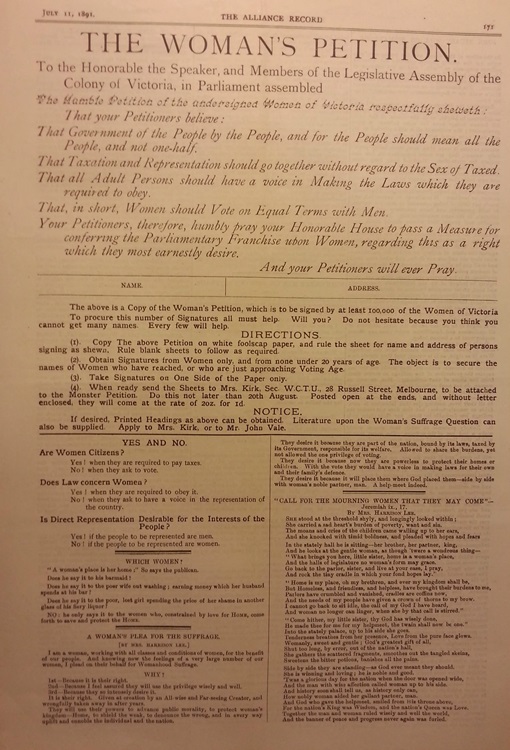
This must have been such an empowering thing for the women of the day to be part of. I bet both the petition proponents and the Premier were surprised by the depth of feeling and passion in the community that so quickly translated into signatures on paper. And what a wonderful physical representation of female voice and opinion?! I am sure there were many loud and forthright women pushing this cause, closely following the momentum of the UK and US suffrage movements. However, so many women would have been restricted or restrained by traditional societal norms that a woman’s role was in the home and to support (stand behind?) her husband as the head of the household. Heaven forbid if she wasn’t married.
Even though the petition was ultimately unsuccessful, I like to think that the women of Victoria may have generated the momentum to kick start the suffragette movement across Australia and set us firmly on the path to the right to vote.
“…despite the dedication of the petitioners and the obvious support of tens of thousands of Victorians, the Victorian Upper House firmly refused to give the women of Victoria the same voting right as men.
South Australia granted women the right to vote in 1894; Western Australia followed suit in 1899, and New South Wales in 1902. That same year women Australia-wide were granted suffrage in Commonwealth elections. Strangely, this meant that women in Victoria could legally vote in federal elections, but not state elections.
Frustrated by the situation, some younger members of the (Victorian) suffrage movement took matters into their own hands. In 1903, they formed the Women’s Federal Political Association, of which ‘that dangerous and persuasive woman‘, Vida Goldstein, was President. As part of their media campaign, the Association also promoted Goldstein as a candidate for State Parliament, an even more radical idea than allowing women to vote.
After 17 years and 19 private member’ bills, Victorian women finally gained the right to vote when the 19th Bill was passed on 18 November 1908.
Tasmania had passed its own legislation on this matter in 1903, as had Queensland in 1905, making Victoria the last state in Australia to grant women the right to vote in state and federal elections.
Indigenous women had to wait until 1962, when the repeal of the 1902 Commonwealth Act gave Aborigines in all states, except Queensland, the right to vote. Source.
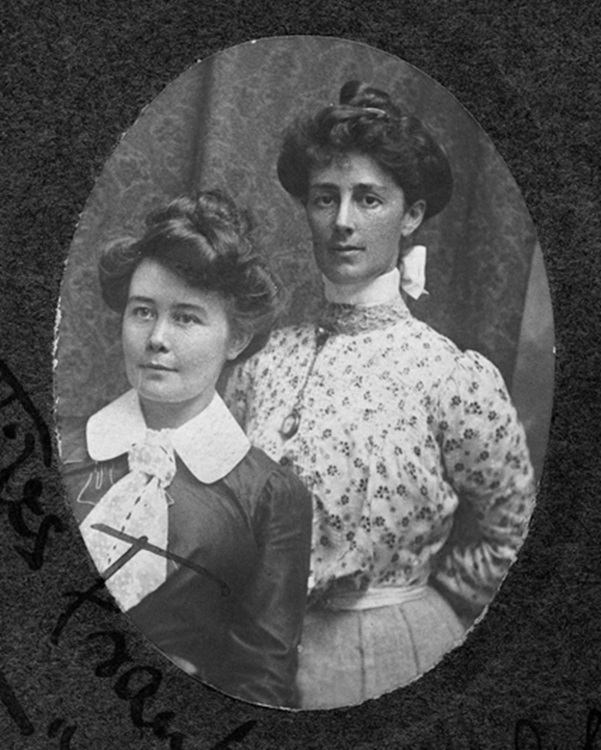

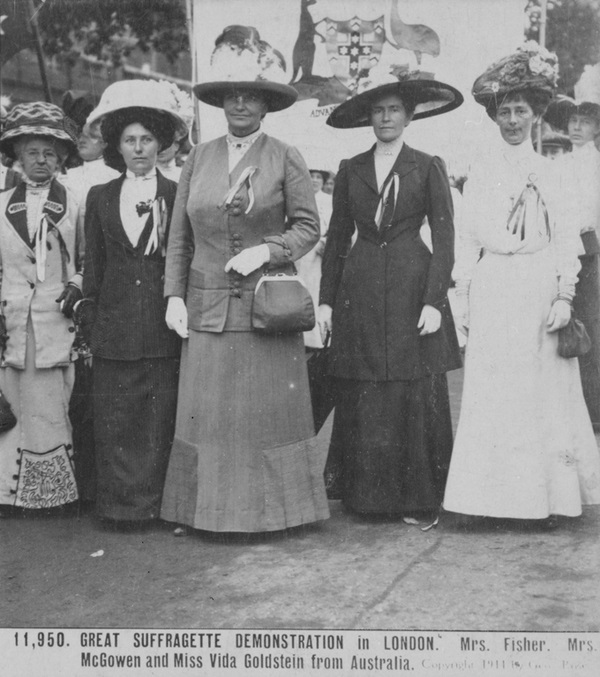
Interestingly, the suffrage movement in South Australia was victorious almost by default. Apparently, the government of the day was using female suffrage as, what they thought was, a minor bargaining chip for a much larger and more important piece of legislation they were trying to ram through parliament. They completely underestimated the community’s sentiment and to their surprise and possibly chagrin, the female suffrage bill was successful and South Australian women were the first to receive equal voting rights in our country.
Today, many people around the World don’t realise that voting in Australia at all elections – local, State and Federal – is compulsory and you are subject to a fine if you don’t cast your vote. I cannot imagine not having the right to vote. I admit that sometimes it is a real challenge to pick a candidate who looks like they can string a sentence together and has some idea of policy, but at least I have had my say. As the ol’ saying goes, ‘you get the government you vote for’.

Today, the Monster Petition is celebrated by an eye-catching sculpture located adjacent to Victoria’s Parliament House. A nice bit of irony there.
The sculpture, designed by Susan Hewitt and Penelope Lee, features 20m of curved and shaped metal sheeting. It has been designed to represent the flowing petition, bending back on itself and spooling across the ground. It is impressive up close and from a distance, and accurately represents the scale and size of the original petition – artistically speaking, of course. With my limited artistic ability, I really shouldn’t critique the work, however I think it would have been appropriate to have some of the original signatures etched into the flatter areas or perhaps part of the speech to Parliament. Maybe the budget didn’t run to that?
As I stood there taking photos of the sculpture like a typical tourist, I wondered how many Melbournians on their daily commute into the central business district, actually understood the significance of the Work? Personally, I was pleased I had taken the time to read up on the whole movement and, in my own small way, paid homage to those dangerous and persuasive women.



More power to them!
What has captured your imagination lately?
The Basics
What: The original Monster Petition is held by the Public Record Office Victoria. Unfortunately, it is not on public exhibition, however researchers can request access.
Where: The Monster Petition sculpture is located in Burston Reserve on Parliament Place, Melbourne.
When: All the original fun and games occurred in the 1890s and the sculpture was unveiled in 2008.
Why: To doff your cap at those who came before.
How: The sculpture is an easy stroll from Melbourne’s theatre district and historic Treasury and Parliament House buildings. You can also access it by tram.
Who: History lovers and women everywhere of every age.
Related Posts: For me, another thought-provoking attraction/activity was the Last Post Ceremony at the Australian War Memorial. Not related to female suffrage, but still excellent food for thought.
Related Blogs: To read more about female suffrage in Australia, check out this comprehensive article by the National Library of Australia here.
Read About it: One of the many women involved in the female suffrage movement in Australia was Miles Franklin. She is one of Australia’s most celebrated authors and endowed a literary prize which is the pinnacle of Australian literary excellence. Read her novel, My Brilliant Career, for an insight into early colonial Australia and her feisty approach to life and writing.
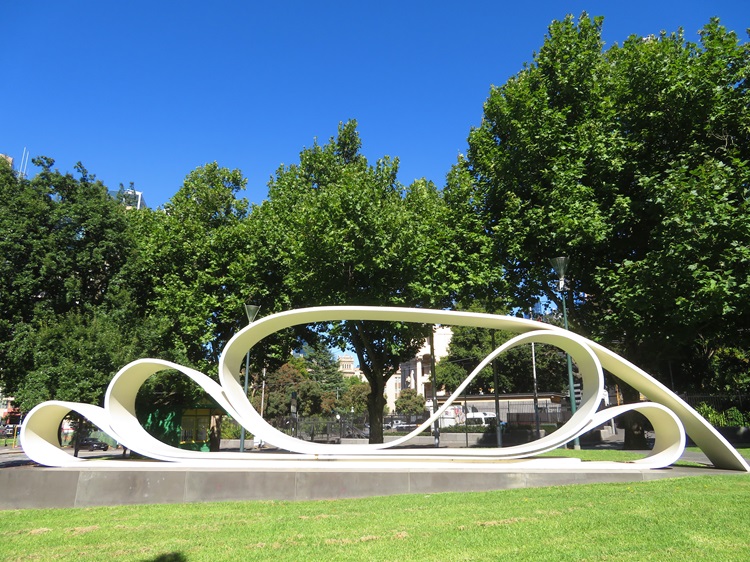
#destinationvictoria #melbourne #travelinspo #publicrecordofficevictoria #statelibraryvictoria #touristattractions #history #suffrage #suffragettemovement #monsterpetition #vidagoldstein #publicsculpture #femalesuffrage #art #femaleactivism #electoralactivism #burstonreserve #livinghistory #milesfranklin
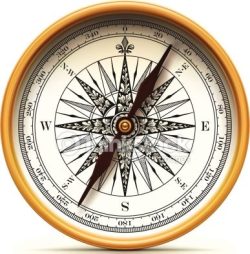

It always shocks me how recently women were granted the right to vote around the world. I really wasn’t all that long ago, no matter where you look. Thanks for showcasing this interesting sculpture and the history behind it.
LikeLiked by 1 person
My pleasure. We have come along way, but still so far to go. They recently released the results of a survey of gender pay gaps in Aus and it was truly shocking that some of our bug companies are paying women 30% less than men for the same job. So much for living in modern times!!
LikeLiked by 1 person
What a great sculpture to represent such an important part in Australia’s history. It was about the same for women in Canada. Maggie
LikeLiked by 1 person
Maybe women of the World woke up at the same time? Or just wouldn’t take it anymore! 🙂
LikeLiked by 1 person
News got around even then 😊
LikeLiked by 1 person
Yep, but much more slowly! 🙂 Not necessarily a bad thing…
LikeLiked by 1 person
It’s a striking thing and a pleasing shape, Mel, but you’re right- it’s not obvious what it represents with out a signature or two. I did know, but tend to forget, that voting is compulsory in Australia. You would think that, after all that effort, most women would be keen to do so.
LikeLiked by 1 person
I would like to think that most people are keen to vote IF we have some decent candidates to choose from. Certainly not a job I am putting my hand up for! 🙂
LikeLiked by 1 person
Women over 21 in the UK didn’t get the right to vote until 1928! I think it should be mandatory for everyone to vote, though I must confess to not doing so in local elections. An interesting post Mel.
LikeLiked by 1 person
Thanks, Jude. Glad to see the colonies were leading the way on this one! 🙂
LikeLiked by 1 person
Now that’s what I call a decent petition! And while it may not have immediately resulted in the desired effect, it was certainly the precursor to women’s right to vote.
LikeLiked by 1 person
A wonderfully tangible example of people power.
LikeLiked by 1 person
I agree that we have come a long way but we shouldn’t stop here.
LikeLiked by 1 person
Yep! Onwards and upwards…now to get a few more women into Parliament…
LikeLiked by 1 person
It’s quite fascinating how women across Victoria were able to collect more than 30,000 signatures to convince the state government that they should have the right to vote. Given that it was conducted over 6 weeks, it only proves the determination of the suffragists
LikeLiked by 1 person
Absolutely and way before social media, online surveys and polls etc. They were a very determined bunch of gals.
LikeLiked by 1 person
What a beautiful piece of art to commemorate such an important part of Victoria’s history. I really enjoyed reading your post, it was fascinating and I learned a lot. I had no idea that voting’s compulsory in Australia.
LikeLiked by 1 person
Thank you for your kind words. I love these little snippets of history.
LikeLiked by 1 person
A fascinating piece of history and love the sculpture. Also I had no idea that it is compulsory to vote in Australia. A pretty good idea I think.
LikeLiked by 1 person
Compulsory voting certainly works for us, but it doesn’t necessarily give us great governments! 🙂
LikeLiked by 1 person
That is one of a kind petition, indeed! Turbulent history during that time, and around the world, but what amazes me the most is that although the British Empire had queens over time, they still did not allow women to vote and hold other official positions.
LikeLiked by 2 people
Yes, how did that work? Maybe royalty was seen as a different breed and the normal rules did not apply? Good point…
LikeLiked by 1 person
Amazing! I absolutely love this, and what an important part of history.
LikeLiked by 1 person
It sure is and was. We are truly standing on the shoulders of giants!
LikeLike